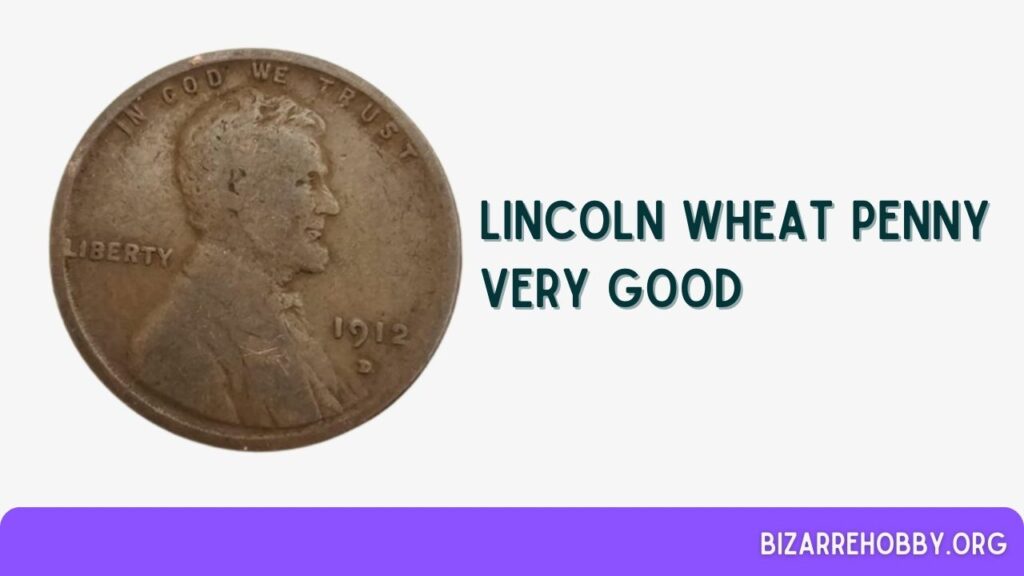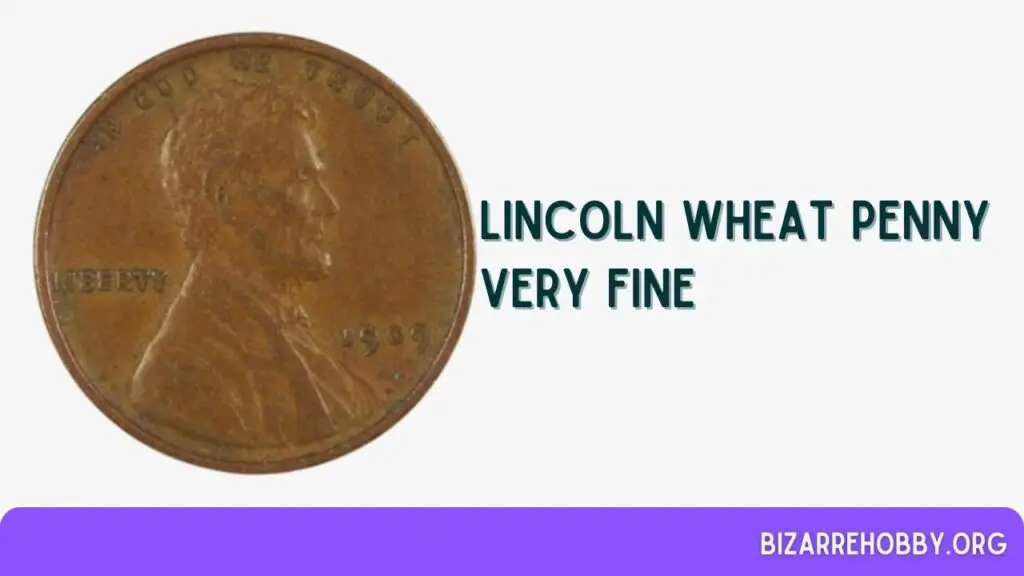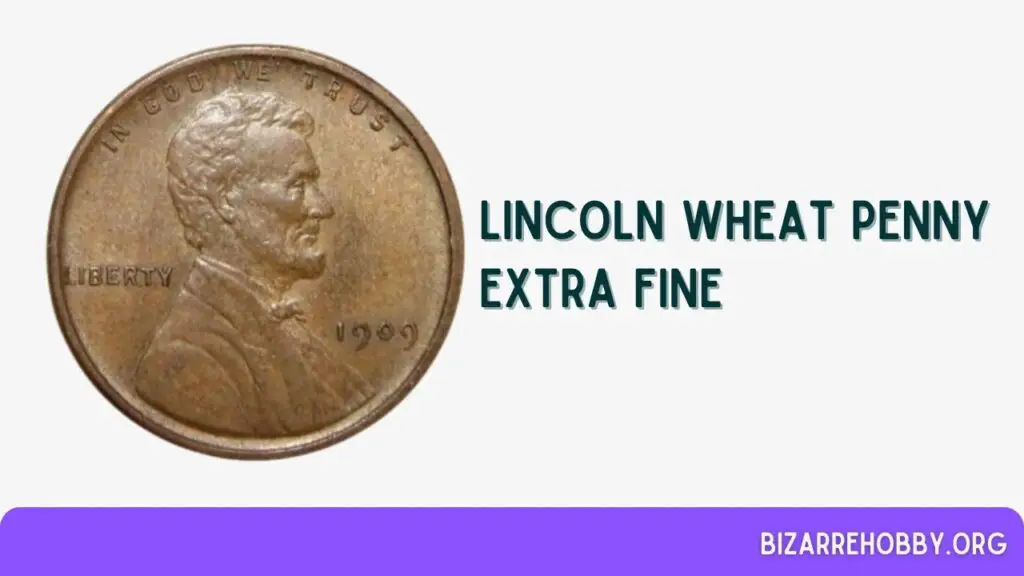Lincoln Wheat pennies are among the most iconic coins produced by the US Mint. These coins, along with Memorial cents, are highly sought after by collectors. Despite their high mintage, it is still possible to find high-grade specimens in excellent condition.
Grading Lincoln wheat penny can be intricate and challenging. While professional appraisers are recommended for high-value coins, learning to grade Lincoln Wheat pennies yourself can be beneficial, especially for lower-value pieces.
Table of Contents
Grading Standards For Lincoln Wheat Penny

Coins often exhibit signs of wear and damage after circulating for some time. Even mint-state coins can have bag marks from contact with other coins. Any form of damage can significantly impact their grade.
Collectors have used various grading systems over the years, but the modified Sheldon scale, adopted in the 1970s, is the standard today. Dr. William Sheldon, an American psychologist and numismatist, developed this scale. It ranges from 1 for the poorest condition to 70 for the best.
Understanding Grades for Lincoln Wheat Penny
Lincoln Wheat pennies, featuring two wheat stalks on the reverse, were first minted in 1909 by the Philadelphia and San Francisco mints. The Denver mint joined in 1911. These mints produced large quantities, and the series continued until 1958.
Grading these pennies can be demanding, but the Sheldon scale simplifies the process. However, some coins, especially those poorly struck, require special attention. For example, many pennies from the Denver and San Francisco mints between 1911 and 1927 were poorly struck due to worn dies, complicating their grading.
| Sheldon Scale | Grade |
|---|---|
| 1 | Basal State-1 |
| 2 | Fair |
| 3 | Very Fair |
| 4, 5, 6 | Good |
| 7, 8, 10 | Very Good |
| 12, 15 | Fine |
| 20, 30 | Very Fine |
| 40 | Extremely Fine |
| 50 | About Uncirculated |
| 60 | Mint State |
| 65 | Mint State |
| 70 | Mint State |
Another crucial factor in grading Wheat pennies is their toning. Copper coins like these often display a range of colors and luster. Collectors typically prefer coins with red mint toning, although most surviving pennies are brown or multi-colored. The common color designations are:
- RD for red pennies, the most desirable
- RB for red-brown pennies
- BN for brown pennies, the least collectible
By understanding these grading standards and characteristics, you can better evaluate the condition and value of your Lincoln Wheat pennies.
Details Of Lincoln Wheat Penny
| Specification | Detail |
|---|---|
| Compound | Copper with alloy tin and zinc |
| Face Value | One cent ($0.01) |
| Coin Diameter | 0.75 inches (19.05 mm) |
| Coin Weight | 0.11 ounces (3.11 g) |
| Coin Thickness | 0.06 inches (1.52 mm) |
How to Grade Lincoln Wheat Penny?
Grading Lincoln Wheat Pennies accurately is crucial for collectors aiming to determine their coins’ value. While many rely on professional appraisers and specialized companies, understanding the grading process yourself can be immensely beneficial.
The Sheldon Scale is a widely used system that can help you approximate the grade of your coins.
1. About Good (AG)

These pennies are heavily worn, with the design barely discernible. The inscriptions and date are almost illegible, and parts of the rim blend into the lettering.
- Obverse: Lincoln’s head is mostly flat, with only the outline visible. The inscriptions and minting date are weak and often merge with the rim.
- Reverse: The reverse shows extensive wear, with only faint traces of the wheat ears and inscriptions visible.
2. Good (G, G 4, and G 6)

Coins in this grade are significantly worn but still recognizable. The main design features are outlined, and the inscriptions and dates are legible, though sometimes faint.
- Obverse: Lincoln’s bust is well-worn, with weak details, especially around the ear, cheek, and jawline. The minting date and inscriptions are legible and separated from the rim.
- Reverse: The reverse design is flattened, with merged lines at the ends of the wheat stalks. Most wheat grains are indistinguishable, but the inscriptions remain readable.
3. Very Good (VG, VG 8, and VG 10)

These coins show significant wear, but the design remains recognizable. Main elements are defined, though fine details are missing.
- Obverse: Lincoln’s haircut, jaw, and cheek are outlined, with some details of the ear and bow tie visible. The inscriptions and date are legible.
- Reverse: More details are visible on the wheat stalks, with many grains distinguishable. The inscriptions are readable and expressive.
4. Fine (F, F 12, and F 15)

Coins in this grade exhibit moderate wear, with clear main relief elements and bold, readable letters and dates.
- Obverse: Lincoln’s hair details are visible, with wear present only on the highest points. His jaw and cheek are smooth but defined.
- Reverse: The upper lines of the wheat stalks are clear, though wear is present. Wheat grains are distinguishable, and the inscriptions are easy to read.
5. Very Fine (VF, VF 20, VF 25, VF 30, and VF 35)

All main design features are visible, with slight wear on the highest points of the relief.
- Obverse: Light wear is present on most of Lincoln’s portrait, but details of his face and hair are noticeable. The bow tie and ear are clearly defined.
- Reverse: The wheat stalk lines are clearly defined, with slight wear. Wheat grains are distinguishable, though partially flat.
6. Extra Fine (EF 40 and EF 45)

These coins circulated for a short time, with wear starting at the highest points. Most small details are still present, though the copper luster begins to fade.
- Obverse: Lincoln’s hair details are noticeable, with a clear line separating his cheek and jaw. Light wear is present on the hair above the ear, cheek, and jaw.
- Reverse: The parallel lines at the ends of the wheat ears are completely separated. Wheat grains are visible in detail, and the inscriptions are sharp.
7. About Uncirculated (AU 50, AU 55, and AU 58)

These pennies show minimal wear on the highest points and retain almost full mint luster.
- Obverse: All design details are expressive, with slight wear on Lincoln’s jaw and cheek. There are no smooth areas.
- Reverse: Slight wear marks are visible on the wheat ears, but all lines and grains are distinguishable without flatness.
8. Mint State (from MS 60 to MS 70)

These coins are perfectly preserved and uncirculated, retaining their original mint luster. Finding Wheat pennies in grades over MS 67 is rare due to contact marks and scratches from long-term storage.
Final Thoughts
Grading Lincoln Wheat Pennies is not an exact science, and opinions may vary among collectors. While standards exist, slight disagreements are common. For valuable coins and rare errors, professional appraisers’ assessments are recommended.
By understanding these grading criteria, you can better evaluate your Lincoln Wheat Pennies and appreciate their historical and monetary value.
